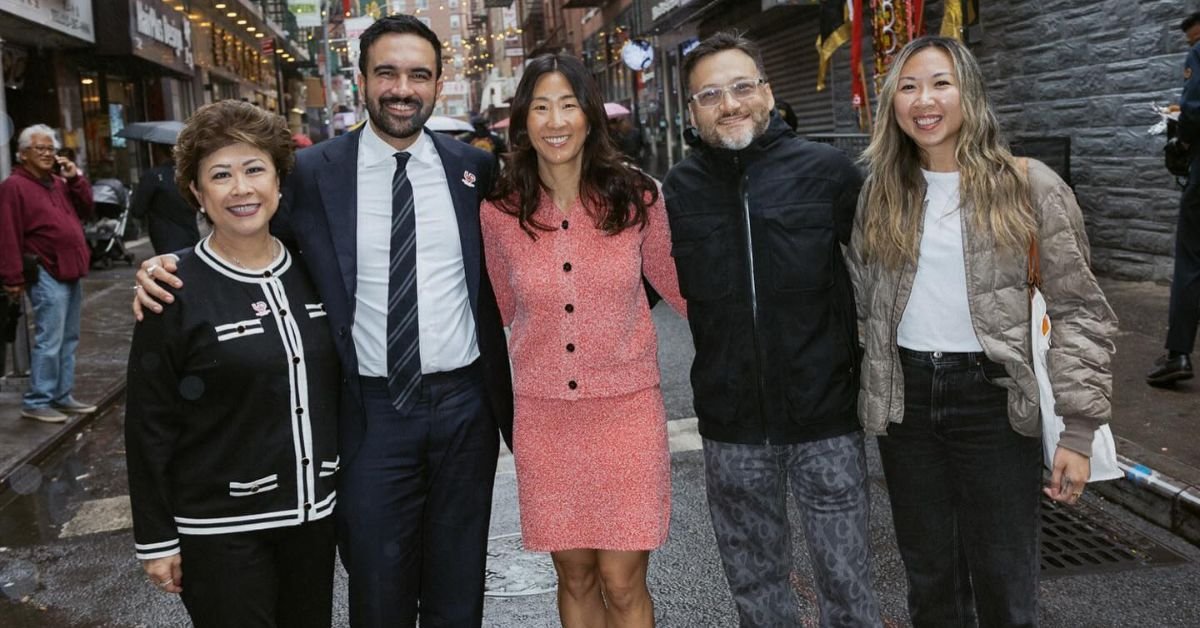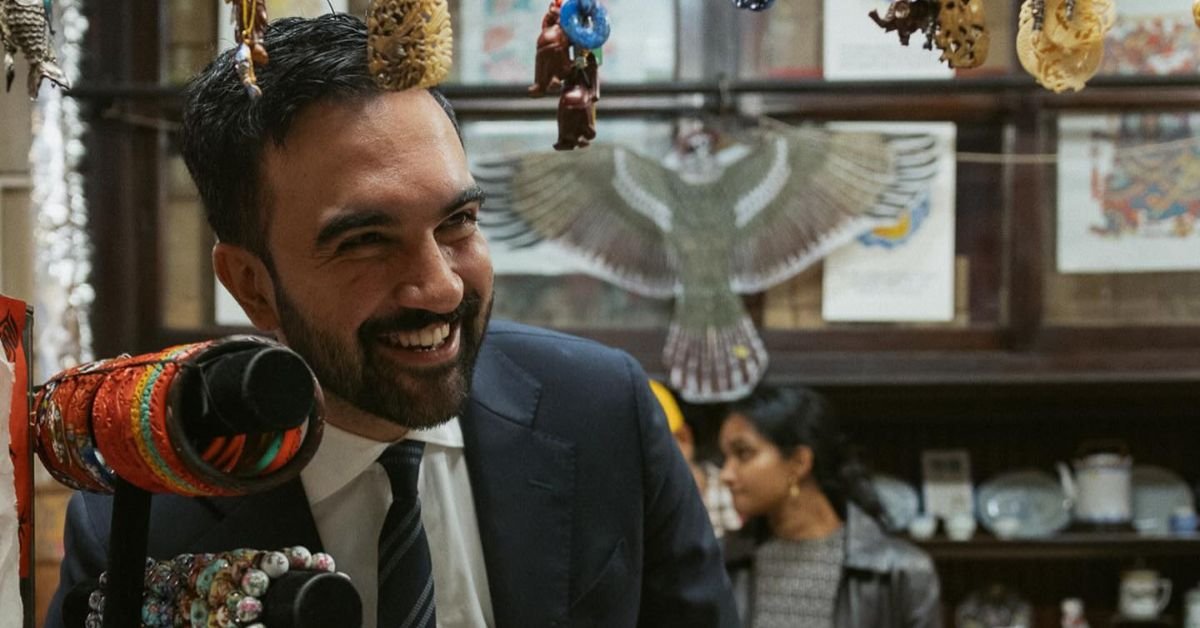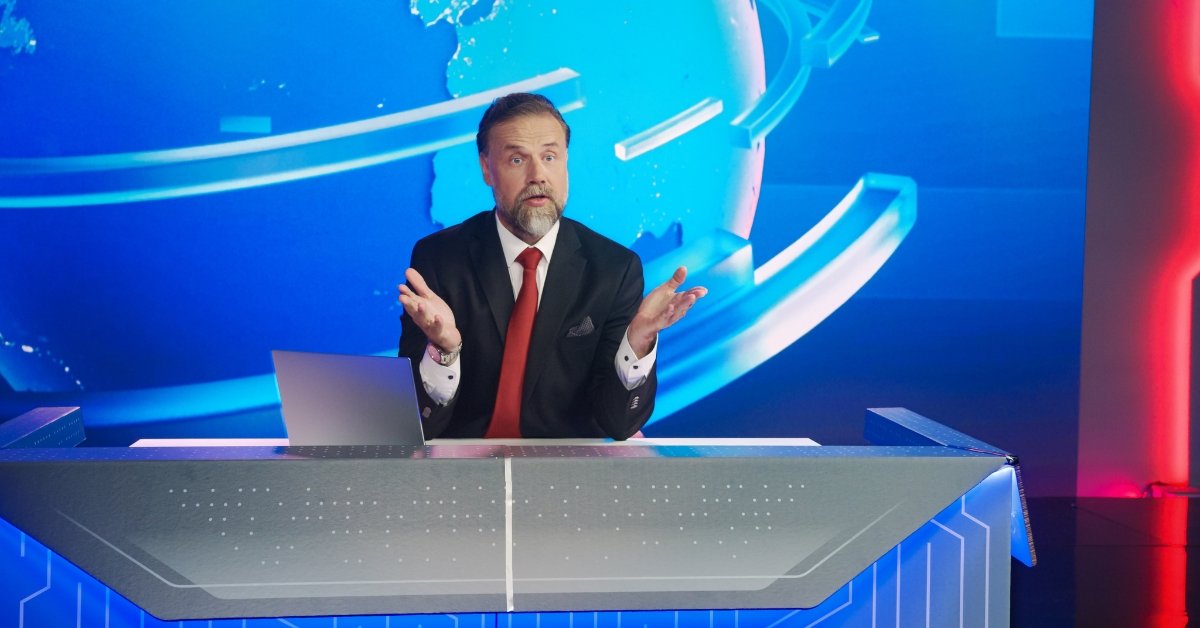Table Of Contents
Zohran Mamdani

Zohran Mamdani became New York City’s youngest mayor at 34 and its first Muslim and South Asian leader, powered by over 40,000 everyday New Yorkers contributing small donations.
As a contributor for THOUSIF Inc. – USA, I explore why his grassroots campaign matters and what lessons it offers for those interested in real community-driven change.
This article unpacks Mamdani’s donor strategy, focusing on his housing policies and inclusive outreach, with practical takeaways for grassroots political advocates.
Let us dive in.
Background Of Zohran Mamdani
Let us meet the man behind the movement.
Zohran Kwame Mamdani was born in Kampala, Uganda, to a family focused on big ideas.
His dad, Mahmood Mamdani, is a renowned professor, and his mom, Mira Nair, is an award-winning filmmaker known for “Monsoon Wedding” and “The Namesake.”
They moved to New York City when Zohran was seven, settling in Queens, a diverse, working-class borough that shaped his worldview.
This rich environment, combined with intellectual and cultural exposure from his family, influenced his political vision and instilled a dedication to social justice and community-centric policies, values that later became central to his campaign.
Before entering politics, Mamdani worked as a foreclosure prevention counsellor, helping families stay in their homes during financial hardship.
He also performed as rapper “Mr Cardamom,” mixing humour and social commentary.
Building on these experiences, he entered public service in 2020 as a Democratic Socialist, elected to the New York State Assembly for Astoria, Queens.
There, he advocated for rent relief during the pandemic and pushed for tenant protections, playing a key role in passing the Eviction Prevention Act and championing the Green New Deal for Public Schools, which secured funds for sustainable school infrastructure.
In 2025, Mamdani entered the New York City mayoral race, facing prominent figures such as former Governor Andrew Cuomo, who had substantial financial resources and widespread recognition.
Rather than relying on traditional strategies, Mamdani focused on the concerns of ordinary New Yorkers and positioned himself as their advocate, attracting significant support from small donors.
His grassroots campaign, powered by town halls, canvassing, and social media, built an inclusive message that reached a wide audience and fostered a strong sense of community among supporters, setting the stage for his fundraising approach.
The Role Of Small Donors In Campaign Financing
Mamdani flipped the script on campaign funding.
In a city where elections cost millions, he raised $18 million, mostly from small contributions matched by New York City’s public financing system.
Under this program, city residents’ donations of $250 or less are matched up to eight times with public funds.
For instance, a $10 gift can become $80 for the campaign.
This matching system helps level the playing field so candidates are not beholden to big-money interests, directly reflecting the community focus described earlier.
Because of the strong influx of grassroots donations, Mamdani reached the public financing cap early in the campaign.
By September 2025, he announced he could no longer accept donations due to contribution caps and encouraged supporters to volunteer instead.
This move highlighted confidence in community backing and a commitment to transparency.
As a result, supporters organized community events, canvassed neighbourhoods, and assisted with digital outreach, maintaining momentum and strengthening bonds.
His donor base, teachers, nurses, artists, and technology professionals from New York, illustrated the grassroots appeal.
Notably, employees from Google, Meta, and Amazon contributed significant sums through many small donations, underscoring the campaign’s broad reach.
The following table presents key statistics regarding the composition of donors to Mamdani’s campaign:
These numbers highlight how widespread his appeal was.
It was not about a few big checks; it was a flood of small ones, amplified by public matching.
This approach not only funded his massive field operation, which involved thousands of volunteers knocking on doors, but also sent a message: This is a campaign for the many, not the few.
Reason #1: Bold Policies That Hit Home For Everyday People
So, why did all these small donors open their wallets?
It starts with Mamdani’s policies.
He did not just talk about change; he laid out plans that addressed the real pains New Yorkers face, like skyrocketing rents and unaffordable living costs.
His platform focused on “affordability for all,” promising things like freezing rents citywide, expanding public housing, and making public transit free.
In a city where the average rent for a one-bedroom apartment hovers around $3,500, that is music to many ears.
Take housing, for example.
As a former foreclosure counsellor, Mamdani knows the heartbreak of eviction.
He pushed for stronger tenant rights, including protections against unfair rent hikes and more funding for affordable units.
Small donors, many of whom are renters themselves, saw this as a direct lifeline.
One supporter I came across in my research shared how Mamdani’s stance on housing echoed their own struggles during the COVID-19 era, when evictions spiked.
Then there is his push for economic justice.
He advocated for a $30 minimum wage for city workers, better paid leave, and cracking down on corporate greed.
In a post-pandemic world where income inequality is glaring, these ideas resonated with working-class folks.
Donors from unions like SEIU and the Working Families Party threw their weight behind him, seeing him as a champion for labour rights.
Climate action was another big draw. Mamdani called for aggressive green initiatives, like transitioning to renewable energy and creating jobs in sustainable industries.
For younger donors, many under 35, this was huge. Polls showed he had massive support from millennials and Gen Z, who are worried about the planet their kids will inherit.
His campaign was not just words; he backed it with action, like sponsoring bills in the assembly to phase out fossil fuels.
Reason #2: Building A Genuine Grassroots Movement
Mamdani did not win by outspending everyone; he out-organized them.
His campaign built what some call the greatest field operation in NYC history.
Thousands of volunteers hit the streets, talking to neighbours about real issues.
This was not top-down politics; it was bottom-up, with community groups, faith leaders, and activists leading the charge.
The Democratic Socialists of America played a key role here. As a DSA member, Mamdani tapped into their network for door-knocking and phone banking.
However, it was not just left-wing groups; his appeal crossed lines.
Over 2,200 Jewish donors supported him, drawn to his progressive stance on social justice despite some controversies around his views on international issues.
He emphasized unity, saying things like, “We are building a city where everyone belongs, no matter your background.”
Small donors loved this because it felt authentic.
Many contributed after attending rallies or seeing his relatable social media posts.
He was not a polished politician; he was the guy from Queens who rapped about cardamom and fought for his community.
That human touch made people feel like their $20 mattered; it was part of something bigger.
Reason #3: Standing Up To Big Money And The Status Quo
In a race where opponents like Cuomo raised millions from wealthy backers, Mamdani positioned himself as the anti-establishment hero.
At least 26 billionaires spent big to stop him, funnelling cash into attack ads.
However, he had his own high-profile supporters, like billionaires Liz Simons and Tom Preston-Werner, who donated through pro-Mamdani PACs.
Still, these were outliers; the core was small donors rejecting the old way of doing politics.
This contrast fired people up.
Donors saw Mamdani as a fresh voice against corruption and cronyism.
When scandals hit, like allegations of illegal foreign donations (which his campaign quickly refunded), he owned up to it, emphasizing transparency.
That built trust, especially compared to opponents with their own baggage.
His win over Cuomo was symbolic.
Cuomo, with his family legacy and deep connections, represented the Democratic machine.
Mamdani?
He was the underdog, proving that people’s power could beat moneyed interests.
Small donors backed him because they wanted to be part of that upset.
Reason #4: Inspiring Hope In A Divided Time
Let us not sugarcoat it: 2025 was a tough year for politics. With national elections heating up and global tensions high, many felt disillusioned.
Mamdani offered hope.
As the son of immigrants, he spoke to New York’s diverse fabric: over 800 languages spoken, millions from abroad.
His story, of arriving as a kid and rising to mayor, inspired donors from similar backgrounds.
He also addressed social issues head-on, like criminal justice reform and supporting marginalized communities.
While critics labelled him “radical,” supporters saw him as practical.
For instance, his plan to reform policing focused on community safety without defunding essential services, appealing to donors tired of crime but wary of over-policing.
An Interesting Fact To Chew On
Here is a fun trivia tidbit: Zohran Mamdani is not just a politician; he has a creative side. Before politics, he released a rap album under the moniker “Mr. Cardamom,” with tracks poking fun at cultural stereotypes and everyday life. One song even went viral in South Asian communities, helping him connect with younger voters who appreciate authenticity over polished speeches. Who knew a mayor could drop beats?
Challenges And What It Means For The Future
Of course, no campaign is perfect.
Mamdani faced backlash over some positions, like his views on international affairs, which alienated a few groups.
There were also questions about transition funding after his win; he put out a call for donations to build his team, which some saw as inconsistent with his small-donor ethos.
However, overall, his approach showed that progressive ideas can win when backed by real people.
Looking ahead, his model could inspire other campaigns.
In a time when trust in institutions is low, relying on small donors builds accountability.
It is not about owing favours to big players; it is about serving the folks who got you there.
Wrapping It Up: A Win For The People
In the end, small donors backed Zohran Mamdani because he represented change they could believe in, affordable living, fair wages, and a city that works for everyone.
His campaign was not just about winning an election; it was about proving that ordinary people can shape their future.
As mayor-elect, he has big shoes to fill, but with that grassroots energy, he is off to a strong start.
Thanks for reading this deep dive from THOUSIF Inc. – USA.
We hope it gave you some fresh insights into what makes politics exciting.
If you enjoyed this, check out our other articles on community leaders and everyday heroes.
Got thoughts? Drop a comment, we would love to hear from you.
Stay engaged, folks!






